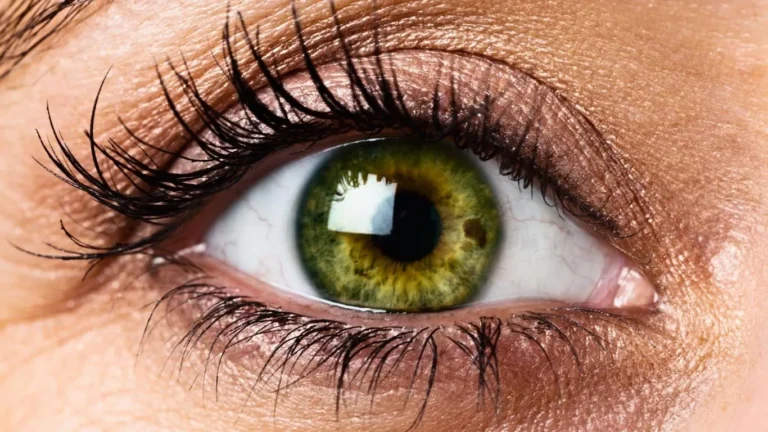Best Diet for Salt-Sensitive Hypertension to Lower Blood Pressure Naturally
When patients ask me about the best diet for salt-sensitive hypertension, I often think back to a moment in clinic that still sticks with me. A middle-aged woman, let’s call her Carol, came in frustrated that despite her medications, her blood pressure was still all over the place. Turns out, it wasn’t her meds—it was the sodium hiding in plain sight in her food. And she’s not alone. If you’ve ever felt like your blood pressure spikes after a salty takeout meal or even a supposedly “healthy” frozen dinner, you’re probably salt-sensitive, too. The good news? What you eat can make a massive difference.
Understanding Salt-Sensitive Hypertension
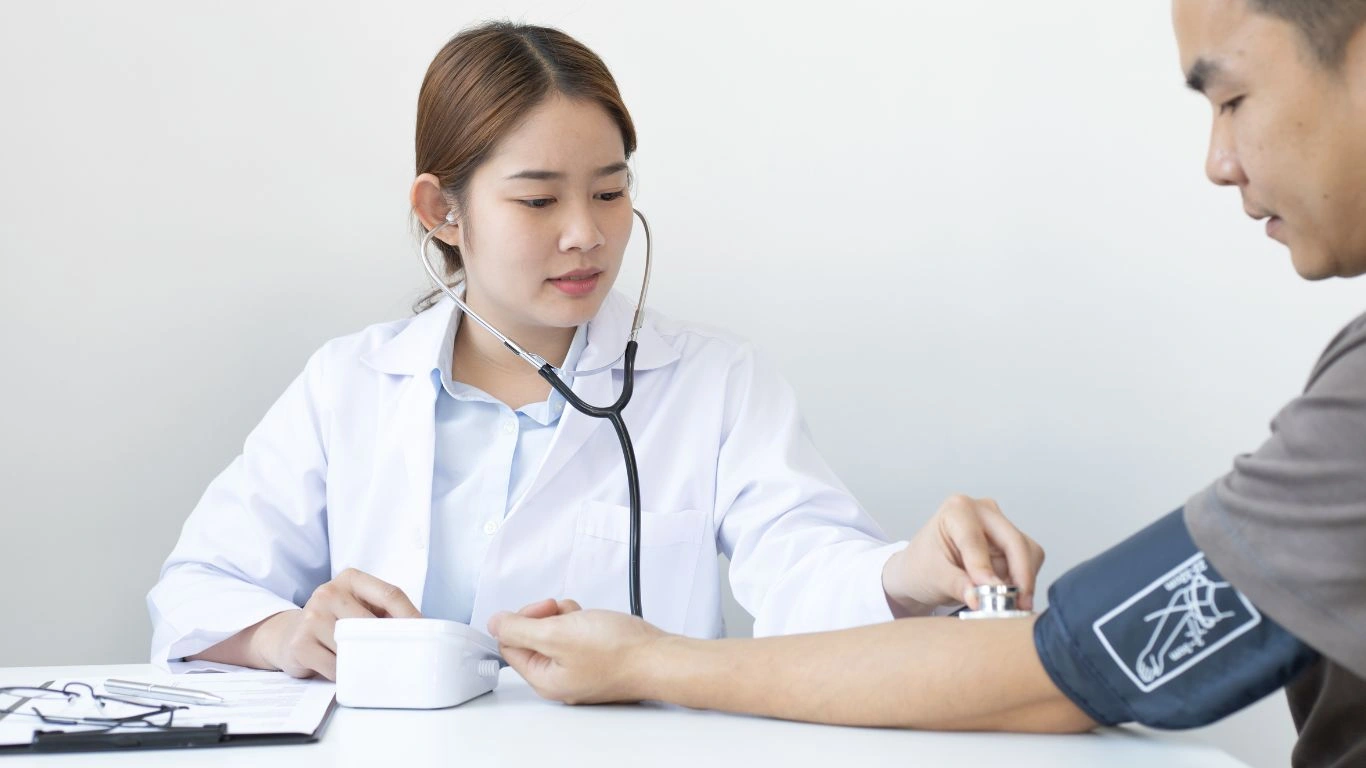
Salt-sensitive hypertension is exactly what it sounds like—your blood pressure reacts significantly to the sodium in your diet. This isn’t just a quirky detail; it’s a well-documented condition. Some people are genetically predisposed, others develop it over time, especially in the context of aging, kidney disease, or metabolic syndrome. From what I’ve seen in practice, many people don’t even realize they’re salt-sensitive until we start tweaking their diet and suddenly their blood pressure improves dramatically.
Here’s the kicker: it’s not just about the salt shaker. In fact, most of the sodium we consume doesn’t come from the salt we sprinkle on our food—it’s hidden in packaged, processed foods, canned items, sauces, and even seemingly innocent breads and cereals.
What Makes a Diet Effective for Salt-Sensitive Hypertension?
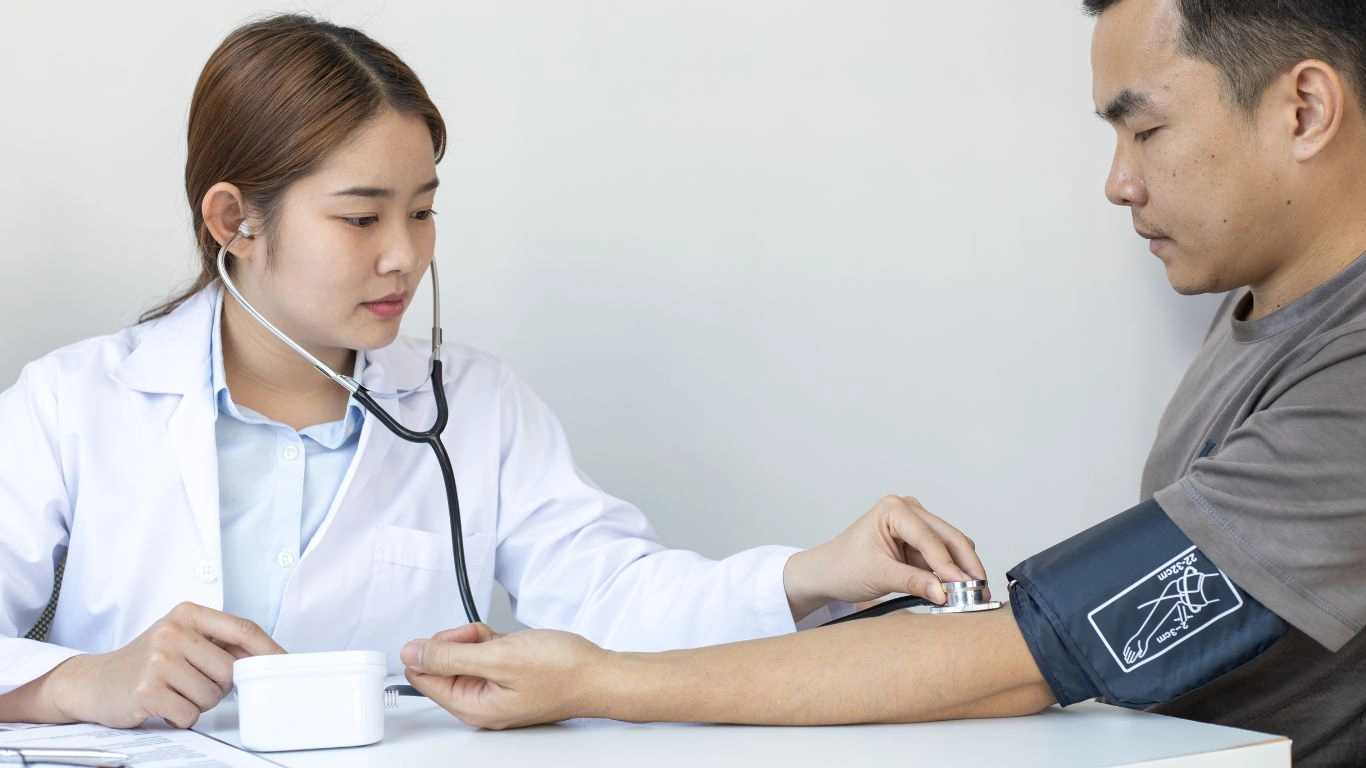
There’s no one-size-fits-all plan, but in my experience, the most effective diets for managing salt-sensitive hypertension have a few things in common. These approaches aren’t just about cutting back on sodium—they’re about adding foods that help balance blood pressure naturally.
1. Whole, Minimally Processed Foods
This is where we start. The more a food is processed, the more likely it is to have sodium packed in. I often tell my patients: if it comes in a bag or a box, flip it over and read the label. Aim for foods with less than 140mg of sodium per serving—that’s considered low sodium by FDA standards.
2. Potassium-Rich Choices
Potassium helps counteract sodium’s effect on blood pressure. Nature gave us a pharmacy in fruits and vegetables—bananas, spinach, sweet potatoes, avocado, oranges. These foods don’t just taste good, they help your kidneys flush out excess sodium more efficiently.
3. The DASH Diet: Still the Gold Standard
As a physician, I can’t ignore the evidence. The Dietary Approaches to Stop Hypertension (DASH) diet has been rigorously studied, and it really does help. What makes it so effective is the focus on balance—not restriction. You’re encouraged to eat whole grains, lean proteins, legumes, nuts, and plenty of fresh produce. And yes, the sodium recommendations are strict, but the variety keeps it from feeling like a punishment.
Daily Life Tips from My Patients (and My Kitchen)

Here’s where it gets practical. I’ve learned a lot from my patients, and frankly, from my own journey toward better heart health. Because yes, doctors aren’t immune to the temptations of salty snacks either!
- Cook more at home: It’s the easiest way to control what goes in your food. Try experimenting with herbs and spices—garlic, lemon, rosemary, smoked paprika—these add tons of flavor without sodium.
- Read every label: Sodium is sneaky. Even “healthy” soups or deli meats can pack a day’s worth in one serving. Always check.
- Rinse canned beans and veggies: A quick rinse under water can remove up to 40% of the sodium.
- Watch your sauces and condiments: Soy sauce, ketchup, salad dressings—these can be hidden sodium bombs. Look for low-sodium versions or make your own.
Bottom line: managing salt-sensitive hypertension with diet isn’t about deprivation—it’s about awareness. Once you start noticing where sodium hides, you get to take your power back. That’s the first step to getting off the blood pressure rollercoaster for good.
How Much Sodium Is Too Much?

This is one of those questions I get in almost every hypertension visit. And the answer? It depends, but let’s break it down. The American Heart Association recommends no more than 1,500 mg of sodium per day for individuals with high blood pressure. That’s less than 3/4 of a teaspoon of salt total—not just what you add with a shaker, but including everything hidden in your meals.
To put that into perspective, a single fast food sandwich can have upwards of 1,200 mg. A frozen dinner? Easily 1,000 mg or more. It adds up quickly, and unless you’re tracking it, it’s easy to go way over without realizing it. When I first started paying closer attention to my own sodium intake (yes, doctors should practice what we preach), I was shocked by how many of my “healthy” pantry staples were blowing past the daily limit in just one serving.
The Role of Meal Planning in Salt-Sensitive Hypertension

If you’re trying to lower your sodium intake without driving yourself crazy, meal planning is your secret weapon. I can’t count how many times patients have told me they “accidentally” ate high-sodium foods simply because they were too tired to cook or didn’t have a plan.
Keep It Simple: A Go-To Weekly Plan
You don’t have to be a chef to eat well. In fact, one of my favorite meal prep hacks involves batch-cooking a few basics and mixing them up throughout the week. Here’s a sample rhythm I’ve seen work wonders for people managing salt-sensitive hypertension:
- Protein base: Grilled chicken, salmon, lentils, or tofu
- Roasted veggies: Broccoli, carrots, zucchini, cauliflower (seasoned with herbs, not salt!)
- Whole grain: Brown rice, quinoa, or farro
- Sauces: Low-sodium homemade vinaigrettes or tahini-based dressings
Once you have these, it’s easy to mix and match for bowls, wraps, or stir-fries. Bonus: you’ll avoid that midweek “what’s for dinner?” stress spiral that leads to takeout.
Real-Life Swaps That Actually Work

Okay, so we’ve talked about what not to eat, but what about realistic swaps you can make today? This is where my patients really start to feel empowered—when they realize they don’t have to give up flavor or convenience to protect their heart.
Here Are Some Game-Changing Substitutes:
- Instead of regular soy sauce: Try coconut aminos or low-sodium tamari. Big flavor, much less sodium.
- Canned soups: Go for low-sodium or “no salt added” versions—and add your own herbs for flavor.
- Deli meats: Look for “low sodium” on the label, or better yet, roast a chicken breast at home and slice it up for the week.
- Chips and crackers: Swap with unsalted popcorn, raw veggies with hummus, or baked sweet potato slices.
- Cheese: Use smaller amounts of strong cheeses like feta or parmesan—they pack more punch so you can use less.
One of my long-time patients—he’s in his 60s now—was able to reduce his blood pressure meds just by doing a few of these swaps consistently over 3 months. That kind of result? That’s what lights me up as a physician.
But What About Eating Out?

Let’s be real—no one wants to live in their kitchen 24/7. We all want to enjoy a night out without feeling like we’re risking a spike in blood pressure. Good news is, it’s totally possible with a few strategies.
- Check the menu online first: Many places post sodium info now, or at least ingredients.
- Don’t be shy about asking: I promise, you won’t be the first person to request “no added salt.” Restaurants are used to it these days.
- Keep sauces on the side: This simple move can save hundreds of milligrams of sodium.
- Balance your day: If you know dinner might be saltier than usual, aim for ultra-clean meals earlier in the day—lots of fresh veggies and water.
One of my favorite tricks? I carry a little spice mix I made at home in a small tin. A blend of garlic powder, onion powder, paprika, cumin, and oregano. Sounds extra, but it helps when a dish is a little bland after skipping the salt. Patients love this idea once they try it—it’s like bringing your own flavor magic.
Coming up, I’ll dive deeper into the connection between sodium and kidney health, and why salt-sensitive hypertension is more than just a numbers game. But first, make sure you’ve got the basics covered—because once you understand the terrain, navigating it gets a whole lot easier.
Why Kidney Health Matters in Salt-Sensitive Hypertension
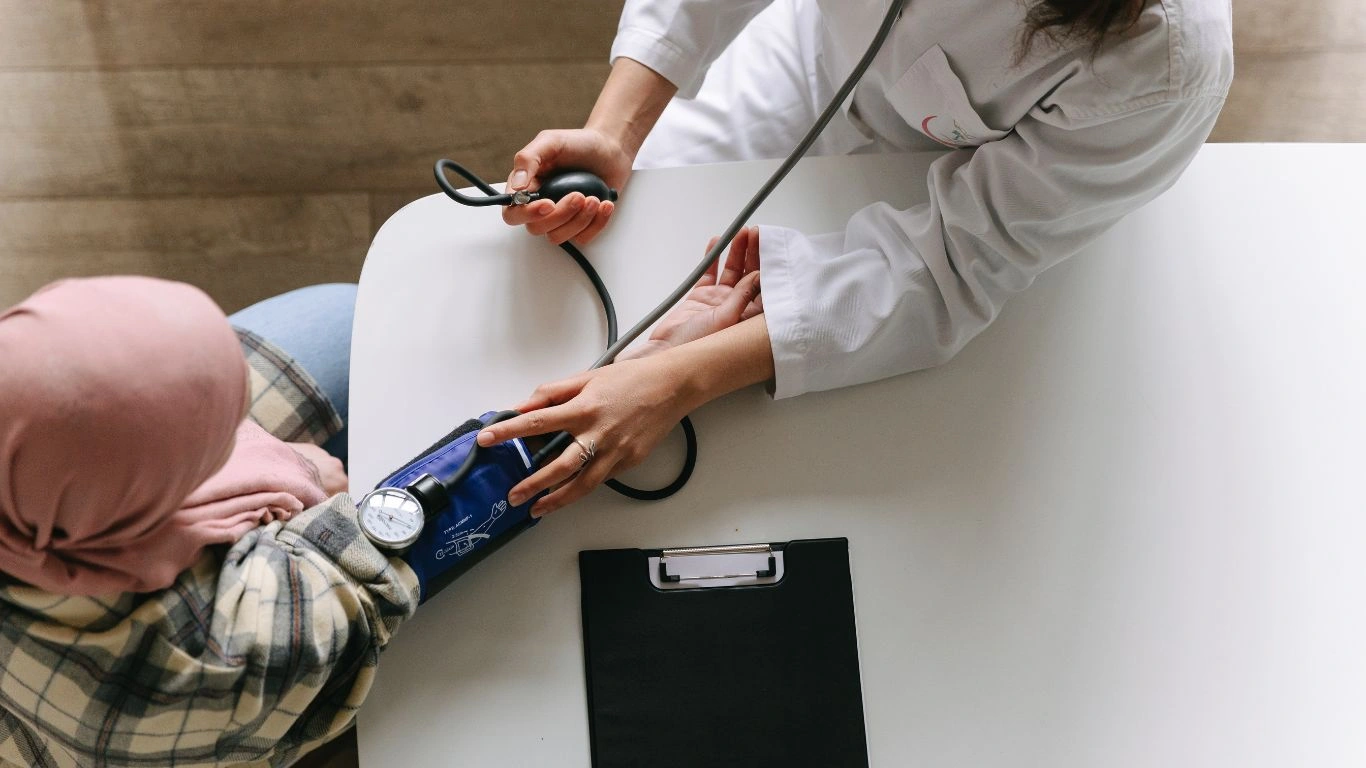
One of the most important things I emphasize when managing salt-sensitive hypertension is how closely your kidneys are involved in the whole process. As an internal medicine physician, I see the kidneys as the unsung heroes of blood pressure control. They act like a filter system, balancing fluid and electrolytes, including sodium. But when the kidneys are overwhelmed or not working optimally, they can’t handle sodium well, causing blood pressure to rise.
In my clinical experience, many patients with uncontrolled hypertension have underlying kidney function challenges that they weren’t even aware of. That’s why part of the evaluation for salt-sensitive hypertension always includes checking kidney markers—things like creatinine, eGFR, and urine protein. These tests give us a peek into how well your kidneys are functioning and guide the best treatment plan.
It’s also why controlling sodium intake isn’t just about numbers on a chart—it’s about protecting those kidneys long term. Too much sodium forces your kidneys to hold on to more fluid, increasing blood volume and putting extra pressure on your vessels and heart. Over time, this can accelerate kidney damage, creating a vicious cycle that’s tough to break.
The Best Diet for Salt-Sensitive Hypertension: More Than Just Sodium
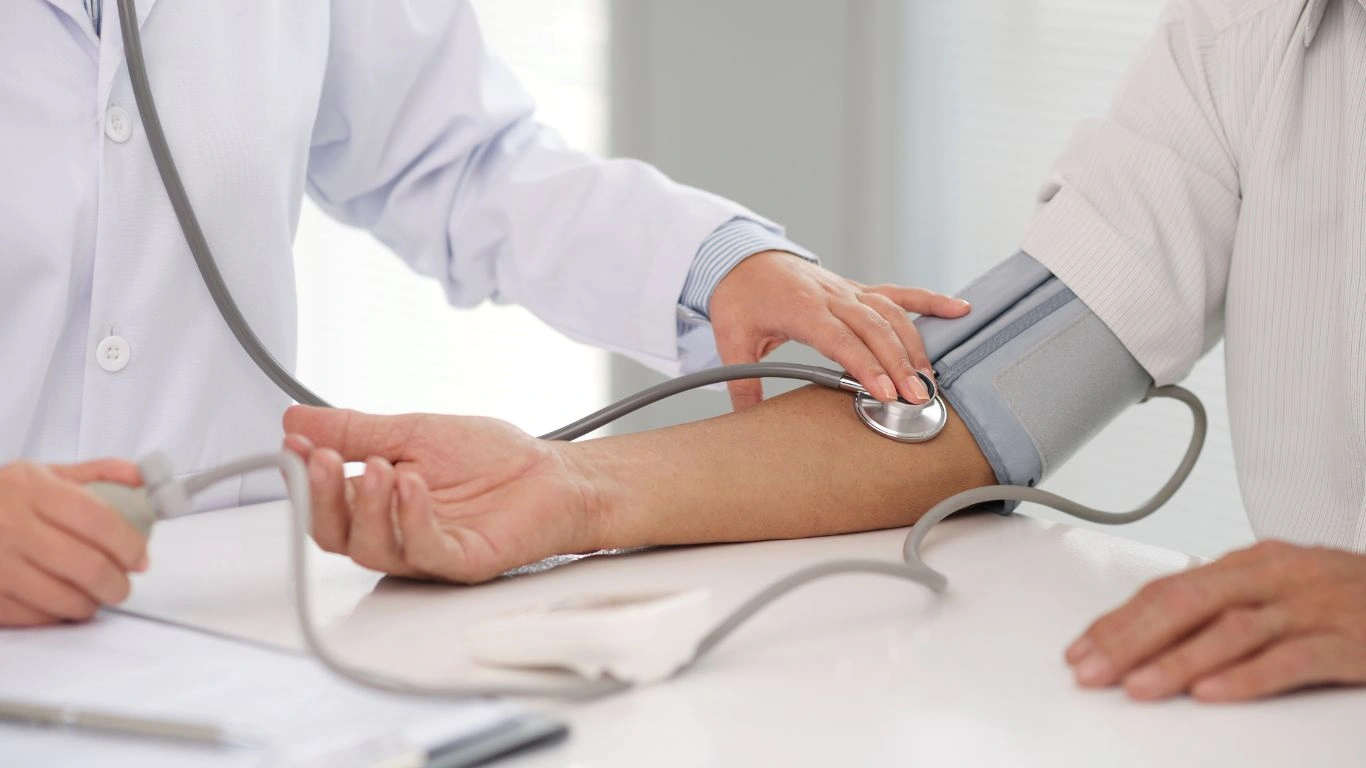
Now, let’s zoom out a bit. When I talk about the best diet for salt-sensitive hypertension, I don’t mean just slashing sodium alone. It’s about the bigger picture—nourishing your body in ways that support heart and kidney health simultaneously.
Focus on Nutrient-Dense, Anti-Inflammatory Foods
Foods rich in antioxidants and anti-inflammatory compounds help reduce oxidative stress, which plays a role in both hypertension and kidney disease. Here’s what I recommend adding to your plate daily:
- Colorful vegetables and fruits: Think berries, leafy greens, bell peppers, and tomatoes.
- Healthy fats: Sources like olive oil, nuts, seeds, and fatty fish such as salmon provide omega-3s, which have heart-protective effects.
- Whole grains: Oats, barley, and brown rice support steady blood sugar and gut health.
- Legumes: Beans and lentils are fantastic plant-based proteins low in sodium.
When patients start focusing on these foods, I often see not just blood pressure improvements but also better energy and overall wellness. It’s a win-win.
Moderation Is Key — Even with Potassium
You might remember from earlier that potassium helps balance sodium, but here’s the nuance: if you have kidney issues, too much potassium can actually be dangerous. This is why I always stress personalized care. Blood tests help me tailor advice so that you’re not accidentally tipping the scales in the wrong direction.
My Personal Take: What I Do in My Kitchen
I want to get real for a second. Managing salt-sensitive hypertension isn’t just something I tell patients to do—it’s something I practice myself. After years of clinical experience and some personal trial and error, here’s a snapshot of what I keep in my fridge and pantry:
- Fresh herbs like cilantro, parsley, and basil for natural flavor boosts.
- Garlic and ginger — my go-to for everything from salad dressings to roasted veggies.
- Homemade bone broth — packed with minerals and comforting on those chilly days.
- Batch-cooked quinoa and roasted veggies, so dinner is quick and low stress.
I also swear by a weekly ritual of reviewing my sodium intake with a simple food diary app. It keeps me honest and aware, especially on busy weeks.
Where to Learn More and Stay Updated
For anyone serious about understanding and managing salt-sensitive hypertension, I always recommend checking trusted medical organizations and guidelines that are constantly updated based on the latest science. Here are some great resources:
Disclaimer
This article is for informational purposes only and does not substitute for professional medical advice, diagnosis, or treatment. Always consult your healthcare provider before making significant changes to your diet or treatment plan, especially if you have existing health conditions.

Dr. Gwenna Aazee is a board-certified Internal Medicine Physician with a special focus on hypertension management, chronic disease prevention, and patient education. With years of experience in both clinical practice and medical writing, she’s passionate about turning evidence-based medicine into accessible, actionable advice. Through her work at Healthusias.com, Dr. Aazee empowers readers to take charge of their health with confidence and clarity. Off the clock, she enjoys deep dives into nutrition research, long walks with her rescue pup, and simplifying medical jargon one article at a time.

